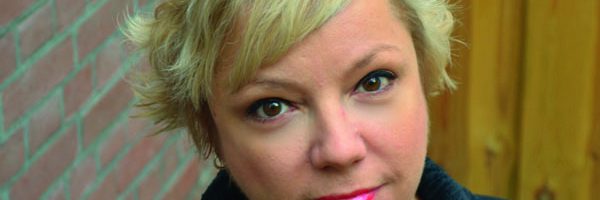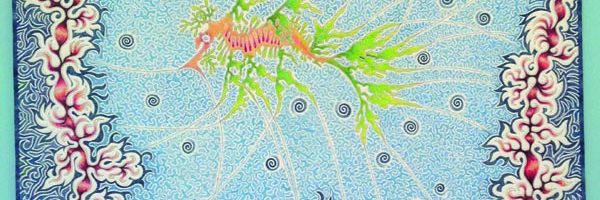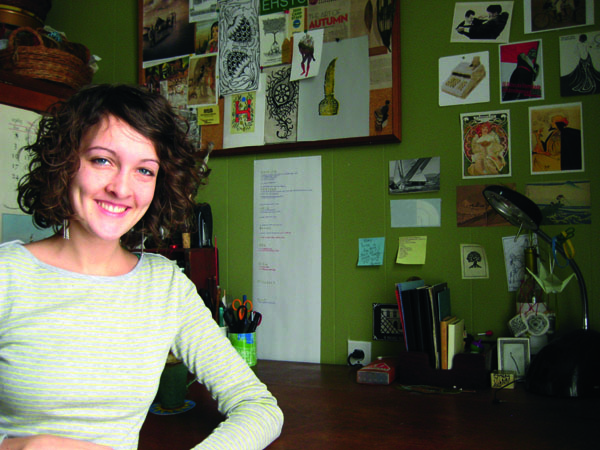
Hillary Waters Fayle – Designer Edge
For most of us, leaves simply mean summer shade and fall colour – we enjoy the underfoot autumn crunch and the year-round rustle of leaves lifted on breezes. But do we appreciate their true potential? by Janai Velez

It’s a Fine Romance Quilt!
Virginia-based artist Hillary Waters Fayle likes to take a closer look at leaves in order to find inspiration for her art.
Hillary has combined her expertise in fine stitching with her reverence for nature, to create unique, delicate and breathtaking works of embroidered art.
The idea came to her while working at an environmental education camp.
“I had a few hours off one afternoon, and I kept looking up at this magnificent oak tree, wondering if I might be able to use my needle skills somehow to sew leaves together. I tried it, and it worked – not incredibly well, at first, but it worked!” she says.
Since then, Hillary Waters Fayle has cultivated her technique and branched out with new leaf varieties and other organic objects.
Living in the city, she’s become what she calls an “urban harvester”, gathering suitable specimens while she’s walking to work or out to meet a friend. “It might be a peculiarly coloured leaf that catches my eye or one that has a strange spot from disease or an insect.
But at other times, it’s the perfection and regularity I look for – relative flatness or symmetry,” she says.
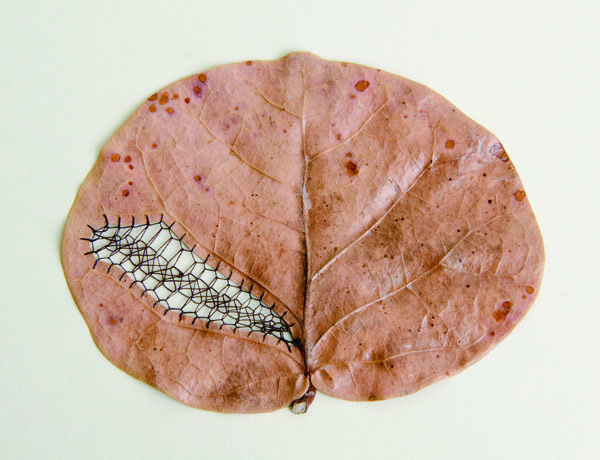
Needle and thread are used to stitch the leaves, the occasional X-Acto knifing is called for to cut out portions, and sometimes non-toxic preservative is necessary, but generally, Hillary Waters Fayle finds it’s better to keep things au naturel.
It may seem a simple art process, but leaf fragility means that the process is painstaking and delicate. “I’ve irreparably broken many leaves and had to start over, but usually it comes out better the second time around, anyhow,” Hillary Waters Fayle says.
Thick and waxy evergreens are preferable, to avoid tearing, but Hillary also enjoys the challenge of creating something exquisite from super- fragile species, such as ginkgo.
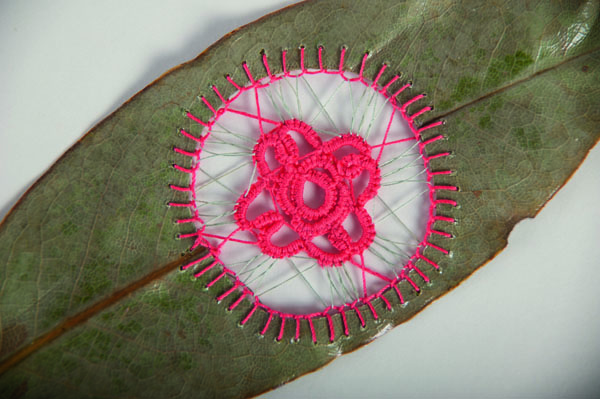
Perfect Christmas gift for a little boy, the Cable Knit Jumper
Her embroidery is complex and experimental, combining different stitches to highlight the veins of the leaf, to join the leaves and to create spider-web designs in the voids. “I’ve always preferred to work on a very small scale, and I think that, in embroidery,
I found a whole world of tiny and intricate characters that I could combine as I chose, like writing in my own language,” Hillary says.
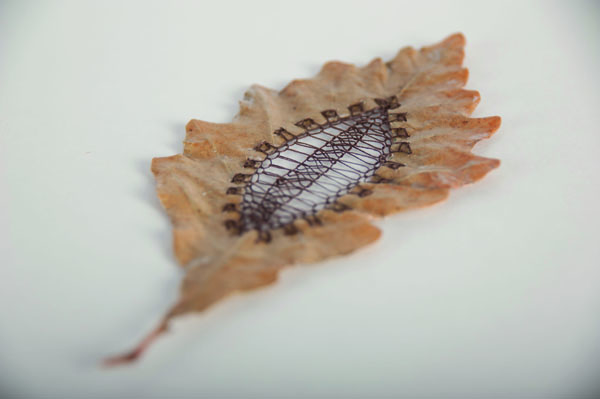
Her leaves also represent small mementos of times and events. “The experience of collecting the leaves is becoming more and more important – who I am with, where we are, if the tree is dying, is in a section of forest condemned to be logged or if it is growing in a sacred place, etc.
The embroidery is often a reaction to the leaf itself … I am here to enhance and add meaning, but not to the point where it overshadows the leaf,” she says.
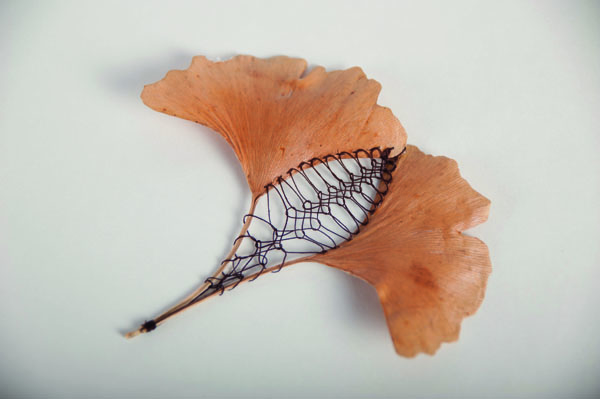
Jennifer Murray’s appliqué quilt pattern combines simplicity and symmetry
With leaves, twigs, seed pods, feathers, Hillary Waters Fayle breathes new life into found botanical materials with her restrained, creative approach and sustainable art practices.
“Through this gentle but intricate stitch work, I want to express the idea that our relationship with the natural world is both tenuously fragile and infinitely complex.”
Discover more of Hillary’s art on her website (www.hillarywfayle.com) or on Instagram (@hillary.waters).

